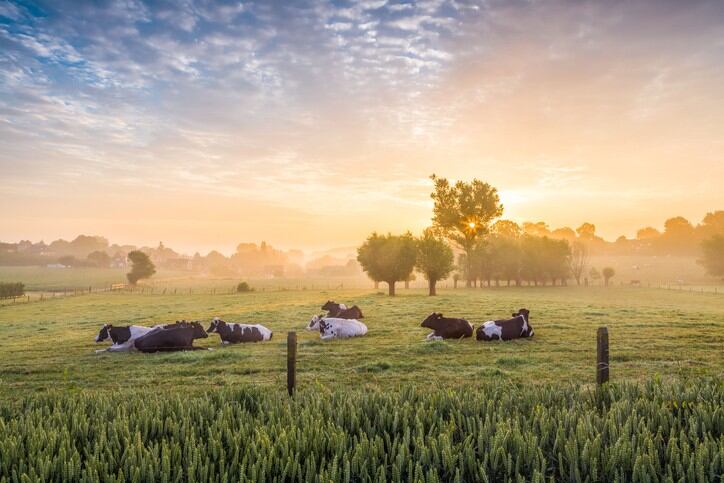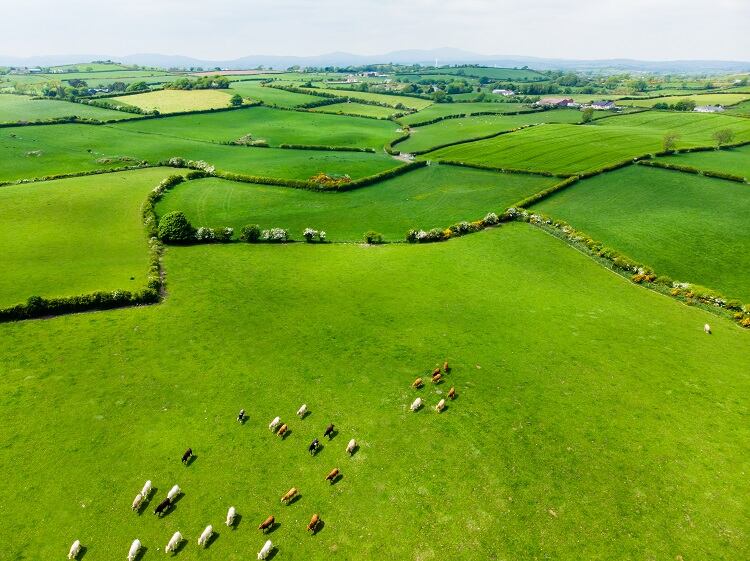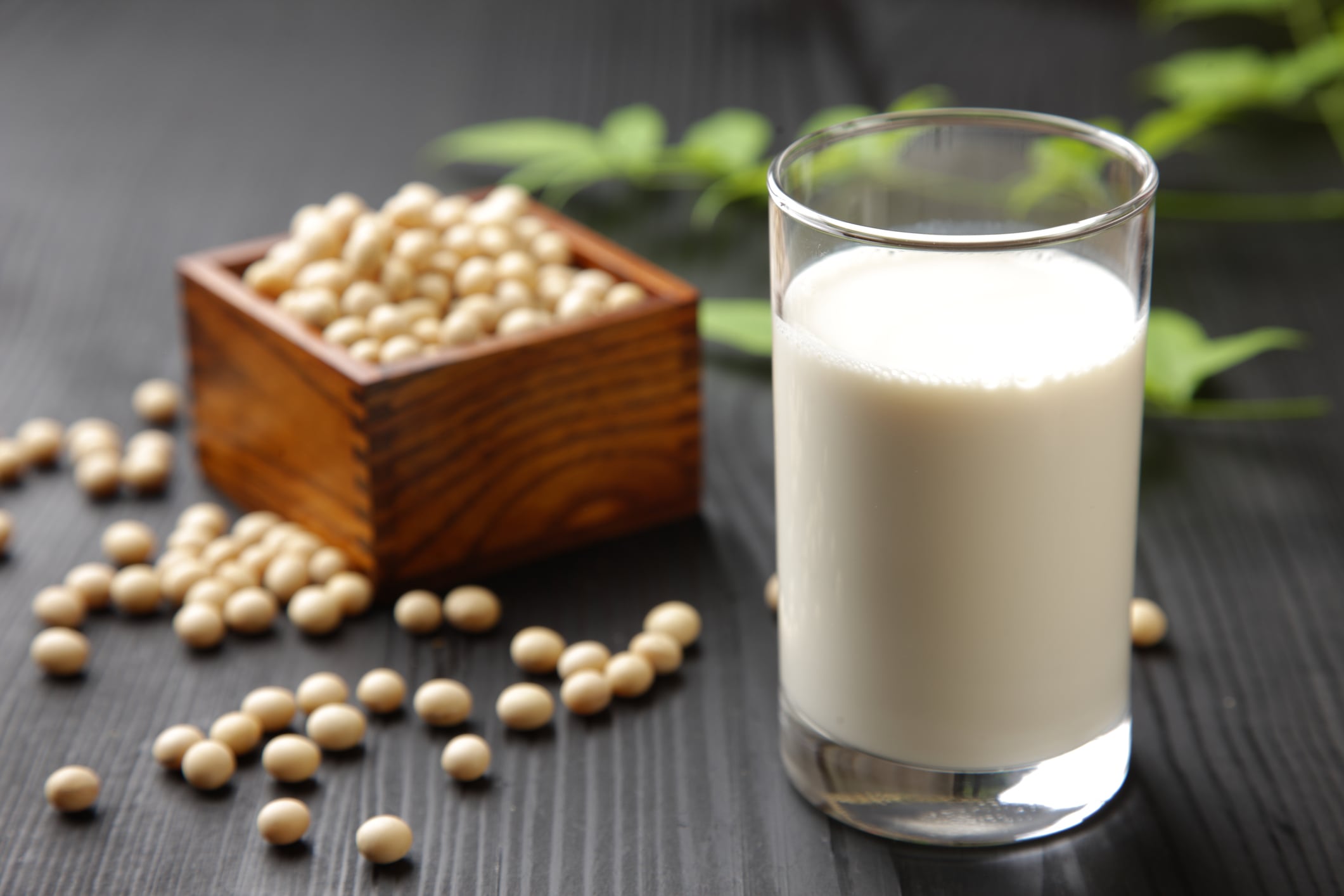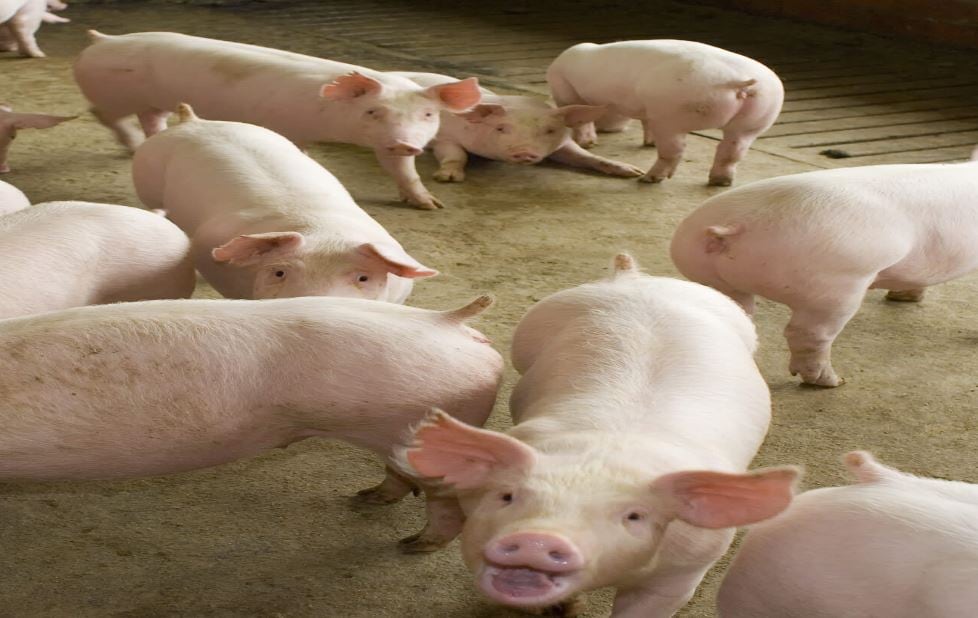Scientists from the Roslin Institute and the Centre for Tropical Livestock Genetics and Health (CTLGH) discovered that domestication has had ‘comparable effects’ on regions of the genetic makeup of cattle and water buffalo, associated with production traits such as milk yield, disease resistance and birth weight.
This is important because, if genetic sequences linked to beneficial traits can be found in different species, gene-editing techniques may help improve the productivity and health of agricultural animals.
“Cattle and water buffalo have been selectively bred for similar traits. For example, body size and milk production. Such traits will most likely be the easiest to compare and therefore benefit from these kinds of comparisons across species,” Dr James Prendergast, Senior Research Fellow at the Roslin Institute, told FoodNavigator.
“By better understanding the genetics of domestication across cattle and water buffalo we can use the knowledge we have gained about one species and apply it to another, to further improve animal health and productivity.”
Moreover, this new understanding of the genetic crossover between water buffalo and cattle unlocks the door to breading healthier livestock, the scientist continued.
“Cattle and water buffalo are susceptible to many of the same diseases, for example tropical theileriosis which productive European cattle are particularly susceptible to, reducing their use in endemic areas. These diseases can therefore be a major barrier to increasing livestock production. By understanding the genetics of tolerance to diseases in one species will potentially allow us to improve the tolerance of the other.”
Dr Prasun Dutta, research associate with the Roslin Institute, added that if livestock is more productive it could ‘potentially’ help improve the sustainability of the livestock industry.
“If animals are more efficient at converting feed into milk then this would be a benefit. More generally there is little doubt that genetic sequencing and gene editing has the potential to make livestock production more sustainable, more quickly,” Dr Dutta told FoodNavigator.
Leveraging the study’s findings are not reliant on gene editing technologies, which are heavily regulated in Europe, Dr Prendergast stressed. “Findings from this kind of study can still be exploited without the need for editing, for example by targeting loci for marker-assisted selection,” he noted.
The study - published in Nature Communications and funded by CTLGH, the Government of India and the UK Research and Innovation’s Biotechnology and Biological Sciences Research Council - compared the genomes of 79 water buffalo to those of 294 cattle from around the world, as well as other domesticated species.
Shared impacts of domestication likely extend to other species, the study noted. For example, the DNA change that causes a black coat colour in German Shepherd dogs was also found in some water buffalo, which have been selected for coat colour.
The research also found that regions of the cattle and water buffalo genomes linked to domestication overlap those associated with stature in the human genome, likely resulting from human pressures to increase animal size.
Source
'Whole genome analysis of water buffalo and global cattle breeds highlights convergent signatures of domestication'
Nature Communications
DOI: https://doi.org/10.1038/s41467-020-18550-1
Authors: Dutta, P., Talenti, A., Young, R. et al




